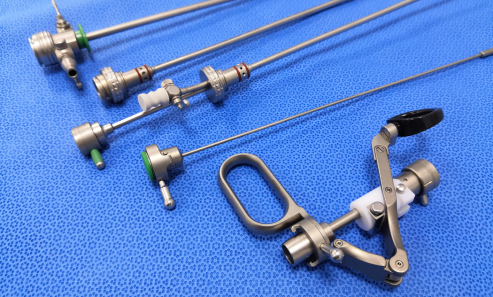



Here’s a complete and easy-to-understand explanation of Hysteroscopic Polypectomy, covering all the points you asked:

What is Hysteroscopic Polypectomy?
Hysteroscopic polypectomy is a minimally invasive surgical procedure used to remove polyps (abnormal growths) from the lining of the uterus (endometrium). It is done using a hysteroscope, a thin, lighted tube inserted through the vagina and cervix into the uterus.
While the basic technique remains the same, there are two main approaches:

Diagnostic Hysteroscopy with Polypectomy – done to identify and remove polyps in one procedure.

Operative Hysteroscopic Polypectomy – when polyps are larger or require special instruments (like resectoscopes or morcellators).
These procedures are recommended for patients experiencing:
(heavy, irregular periods)

Overgrowth of the uterine lining due to hormonal imbalance
Chronic inflammation of the endometrium
Unknown reasons in many cases (idiopathic)
While not always preventable, you can reduce risk by:


Fasting and pre-anesthesia check if needed.

Through the vagina into the uterus.

To expand the uterus for clear viewing.

Using instruments like scissors, loops, or morcellators.

Brief observation post-procedure, mild cramping/spotting expected.